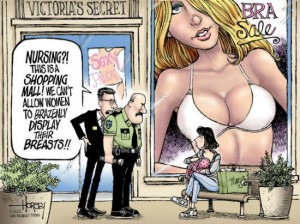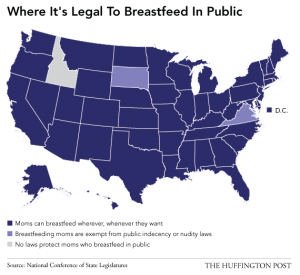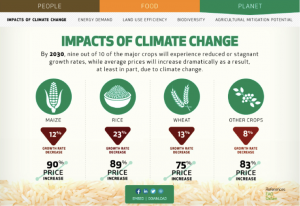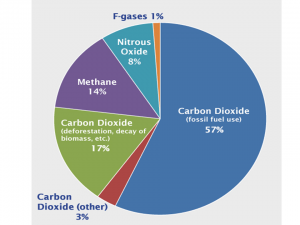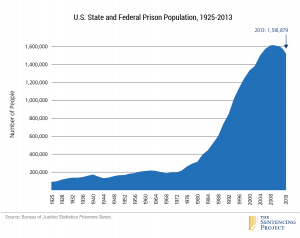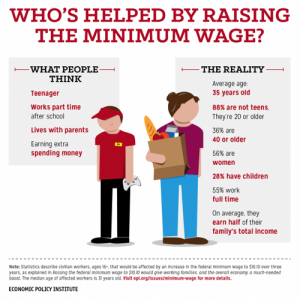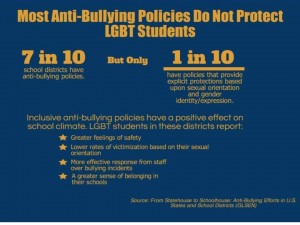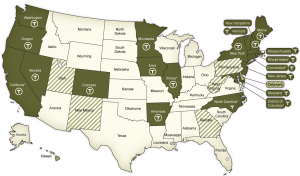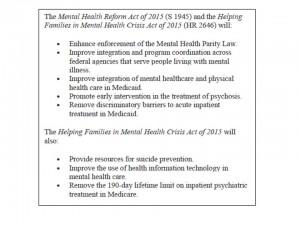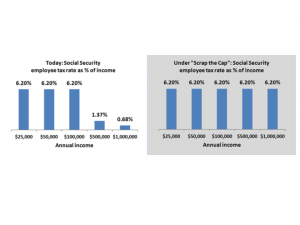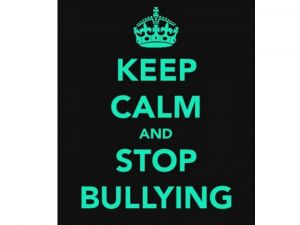Summary
In an age where using advanced and portable forms technology on an everyday basis is the norm, the Internet has become both a valuable and destructive tool for students. While traditional forms of bullying continue to have detrimental effects on students in the United States, cyberbullying now has the power to easily allow individuals to harass students anonymously not only during school hours, but 24 hours a day, 7 days a week, regardless of where they may be. Currently, each individual state has the power to enforce its own bullying and cyberbullying laws, but with so many of them not including the term “cyberbullying,” criminal sanctions, school sanctions, or off-campus behaviors, a federal legislation needs to be put into effect to ensure that the necessary prevention efforts and disciplinary actions for cyberbullies are implemented and enforced.
What is Cyberbullying?
Cyberbullying is any form of bullying that takes place with the assistance of electronic technology and various communication tools, such as computers, cellphones, social media sites, and even text messages. The intent behind cyberbullying is to demonstrate the power that someone has over another who may be seen as weaker. Examples of this behavior can include using the Internet to post threatening pictures or messages about an individual, spreading rumors through email, and creating fake profiles to spread private information.
Scope of the Problem in the U.S.
According to the 2013 National Center for Educational Statistics, 7% of students between 6th and 12th grade have experienced some form of cyberbullying. By the time these children reach high school, the rates increase to 15%. Moreover, cyberbullying is related to a wide range of emotional and psychological problems such as anger, suicidal ideation, and low self-esteem. While this issue is highly relevant and affects a large population, it has received a minimal amount of attention from both research and government officials. While all 50 states in the United States have bullying laws in effect, only 23 of them include cyberbullying. Furthermore, only 14 states have laws that allow schools to discipline their students if the cyberbullying occurs off-campus, thus limiting the disciplinary control that they have over the issue.
The Effects of Cyberbullying
While traditional bullying and cyberbullying share many common 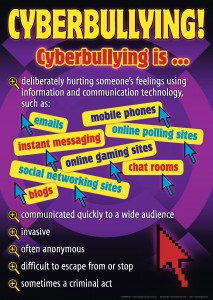 characteristics, the added use of technology can make cyberbullying more harmful for the following reasons:
characteristics, the added use of technology can make cyberbullying more harmful for the following reasons:
- The bully has the ability to remain anonymous, thus making it easier for him or her to hide behind technology.
- There is no limit on where or when someone can be cyberbullied because the Internet can be used both inside and outside of school.
- There is a greater potential of a large audience being exposed to what the bully decides to expose, which then allows for an unlimited number of people to see a hurtful message or embarrassing picture.
What Can You Do?
- Advocate for a federal anti-cyberbullying policy. HR1966, also know as the Megan Meier Cyberbullying Prevention Act, is a bill that was introduced back in April of 2009 but has not had legislators take action on it since. Its goal is to amend chapter 41 of title 18, United States Code, so that those who commit cyberbullying will be fined or imprisoned for up to two years. Therefore, it is imperative to write letters to government officials and policy makers who have the power to help this bill get reexamined and then enacted into law.
- Educate students, parents, and staff. With cyberbullying primarily occurring outside of the awareness of other adults, students must be taught about its serious implications, how to take action if they become victims of it, and understand the consequences. Staff members and parents need to become aware of the warning signs of cyberbullying so that they can properly prevent and stop it once it occurs.
Conclusion
In the United States, there is still so much that needs to be done to properly address this 21st century epidemic. In order to move one step further towards eliminating cyberbullying, citizens must educate themselves on this issue and realize that it is preventable; however, more support is necessary in order to have a federal law passed that mandates prevention in schools and proper consequences for offenders.
